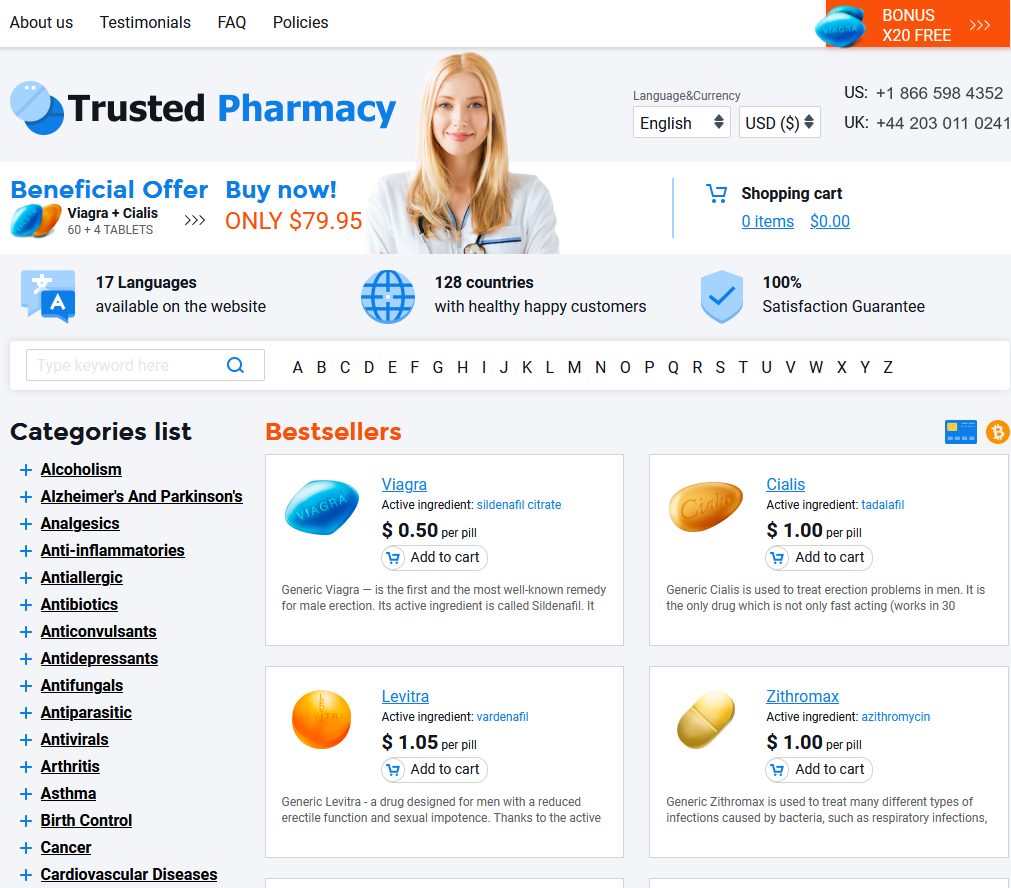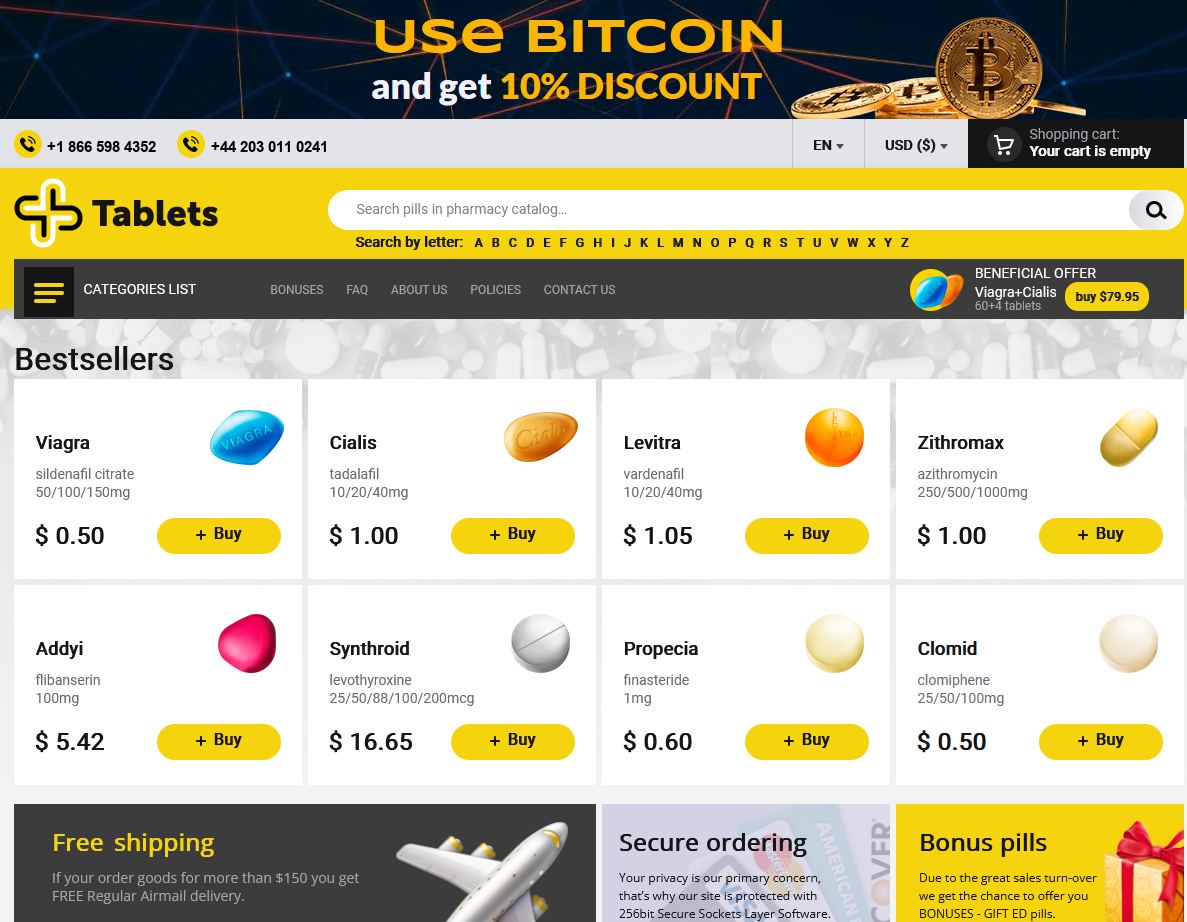Understanding Xifaxan: How Does It Work?
Xifaxan, also known by its generic name rifaximin, stands out among IBS treatments due to its unique targeted action. Unlike many medications that affect the whole body, Xifaxan is a non-absorbed antibiotic designed to work primarily in the gut. It combats symptoms of IBS with diarrhea (IBS-D) by reducing certain bacteria in the intestines thought to drive inflammation and abnormal bowel movements.
This localized effect means that Xifaxan clears from the bloodstream quickly, minimizing systemic side effects. Importantly, while it treats the underlying imbalance in the gut microbiome, it does not significantly disrupt your body’s beneficial bacteria, making it a compelling therapy choice for many patients.
| Feature | Xifaxan |
|---|---|
| Type | Non-absorbed antibiotic |
| Target Area | Primarily the gut |
| Absorption | Minimal systemic absorption |
| Main Action | Reduces intestinal bacteria |
Common Ibs Treatments: What Are Your Options?

When facing the frustrating cycle of IBS symptoms, patients often explore a wide range of treatments before finding what works best. Dietary modifications and fiber supplements are first steps, aiming to manage symptoms naturally. If relief proves elusive, medications such as antispasmodics, laxatives, and antidepressants may be suggested.
Probiotics also hold appeal for many, hoping to balance gut bacteria gently. Recently, prescription therapies like xifaxan have emerged, offering a targeted antibiotic approach. With each option, the goal remains clear: lasting symptom control and meaningful improvement in daily life.
Efficacy: Head-to-head Results and Patient Outcomes
When it comes to treating IBS, research highlights xifaxan’s ability to offer significant relief, especially for those with IBS-D (diarrhea-predominant). Xifaxan works by targeting gut bacteria, helping to reduce bloating and abdominal discomfort. In comparison, other therapies like antispasmodics or low FODMAP diets can also reduce symptoms, but may work differently or take longer.
In clinical studies, many patients reported improved quality of life and fewer IBS flare-ups with xifaxan. However, some achieved similar benefits using other treatments, such as probiotics or traditional antidiarrheals.
Ultimately, the patient’s unique symptoms and individual response to therapies often determine how effectively each option performs. Tailored approaches ensure patients receive the most suitable and sustainable relief.
Side Effects and Safety: Comparing the Risks

When it comes to safety profiles, Xifaxan stands out for being minimally absorbed into the bloodstream, leading to fewer systemic side effects when compared to many other IBS treatments. Most patients tolerate Xifaxan well, with mild gastrointestinal symptoms like nausea or bloating being the most commonly reported issues. In contrast, traditional IBS therapies such as antispasmodics, antidepressants, or laxatives often come with a wider range of potential side effects, from dry mouth and dizziness to dependency or even mood changes.
Nevertheless, no treatment is free from risk. Long-term use of Xifaxan raises questions about developing antibiotic resistance, a concern not typically associated with non-antibiotic IBS medications. Patients and providers must carefully weigh these factors, balancing effective symptom relief against potential health risks individualized for each case.
Cost, Insurance, and Accessibility Considerations
For many patients, the cost and accessibility of IBS treatments can be just as important as their effectiveness. Xifaxan, a targeted antibiotic, is often priced significantly higher than other therapies like antispasmodics or fiber supplements, with insurance coverage varying widely. While some insurers may cover Xifaxan for IBS with diarrhea, others might require extensive prior authorization, making the approval process lengthy and frustrating for sufferers in need of relief.
Below is a comparison of average costs per course of therapy and typical insurance coverage:
| Treatment | Average Cost | Insurance Coverage |
|---|---|---|
| Xifaxan | $1,500–$2,000 | Variable; often requires prior authorization |
| Antispasmodics | $10–$50 | Generally covered |
| Fiber Supplements | $15–$40 | Out-of-pocket, occasionally FSA/HSA eligible |
Which Patients Benefit Most from Each Treatment
For patients with IBS-D, Xifaxan is often a game-changer, especially for those who haven’t responded well to traditional antispasmodics or dietary changes. Its targeted approach appeals to those wary of long-term systemic medications. In contrast, therapies like antispasmodics and fiber supplements may suit individuals with milder, mixed, or constipation-predominant IBS, offering symptom relief without antibiotic use.
Patients experiencing significant bloating and abdominal discomfort might prefer Xifaxan, as studies show improvement in these specific symptoms. Meanwhile, those struggling with stress-induced flare-ups often benefit from therapies combining gut-directed medications with cognitive behavioral therapy. Ultimately, choosing a treatment depends on symptoms, severity, and individual response to past therapies.

